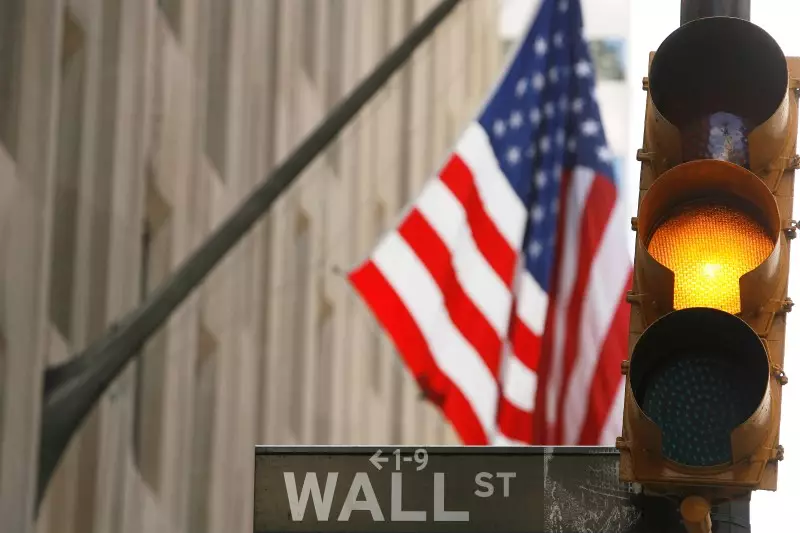As 2025 unfolds, U.S. stock index futures displayed a sentiment of caution and steadiness, reflecting the shaky conditions in which Wall Street finds itself. Following a weak performance from technology giants Apple and Tesla, the beginning of the year has been rocky for investors who anticipated a continuation of the positive gains from 2024. Futures for the S&P 500 and Nasdaq 100 remained relatively stable, recorded at 5,917.75 and 21,171.75 points, respectively, by the evening of January 5th. In comparison, the Dow Jones took a more stagnant approach, barely shifting at 42,694 points.
Apple Inc. and Tesla, both bellwethers of the tech sector, have encountered headwinds that have contributed significantly to Wall Street’s sluggish start. Apple witnessed a marginal decline of 0.2% in after-hours trading, which was further compounded by a 2.6% drop during the trading session. This downturn followed the company’s announcement of significant discounts for its flagship devices in China—a strategic move likely aimed at boosting dire sales amid fierce local competition. Reports from UBS analysts sounded the alarm, warning that Apple might fall short of sales expectations for the upcoming December quarter, creating a cloud of uncertainty over one of its most crucial markets.
Simultaneously, Tesla’s shares saw a more substantial decline of 6.1% after the electric vehicle manufacturer’s fourth-quarter deliveries fell short of analyst projections. The disappointing figures highlight not only a stagnation in North American and European demand but also a fierce competitive landscape in China. This situation marked a notable milestone for Tesla, as it experienced its first annual decline in deliveries in over ten years, raising questions about its reliance on traditional EV sales figures and the urgent need for diversification into autonomous driving and artificial intelligence technologies.
The broader economic landscape adds another layer of complexity to these corporate misfortunes. The Atlanta Federal Reserve’s revised GDP forecasts for the fourth quarter painted a picture of a cooling economy, dampening hopes for a robust recovery. On the flip side, weekly jobless claims revealed a lower-than-expected figure, providing a glimmer of hope regarding the resilience of the labor market. However, this also fostered concerns regarding the Federal Reserve’s approach to interest rates. The prevailing sentiment appears to indicate a reluctance on the central bank’s part to accelerate rate cuts, especially with persistent inflationary pressures looming.
As Wall Street indexes began the new year on a precarious footing, dipping by 0.2% for both the S&P 500 and NASDAQ Composite, it raises the question of whether the market can recover and build upon the substantial gains witnessed in 2024. Investors are left grappling with the tension between inflation, rising interest rates, and an unpredictable economic outlook. Wall Street’s apprehension amidst these factors calls for a strategic reassessment of investment portfolios as the year progresses, while companies like Apple and Tesla must navigate their internal challenges to reclaim lost momentum and investor confidence. In this dynamic context, 2025 holds the potential for both risk and opportunity—a balancing act that investors must perform with caution and foresight.

